Delete a Zone From a DSC PowerSeries NEO
Related Products
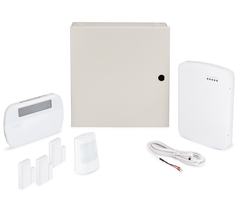
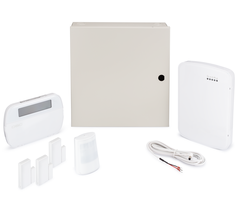

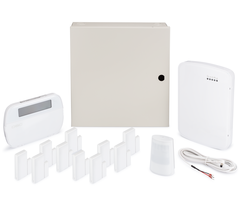
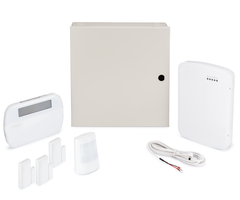
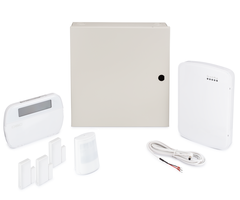
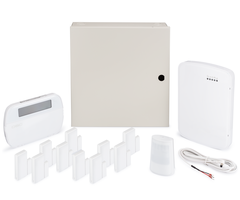
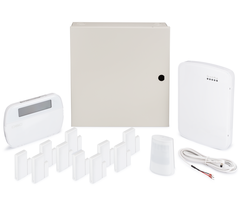
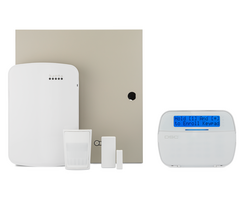
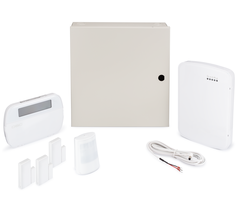
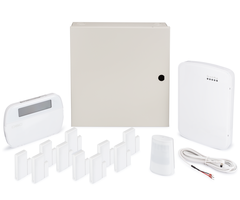
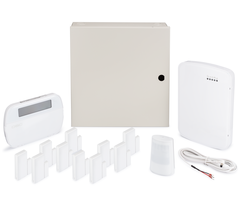
Related Categories
Description
In this video, Michael from Alarm Grid shows you how to delete a zone from a DSC PowerSeries NEO Security System. This process varies depending on whether the zone is hardwired or wireless. For a wired zone, you are simply setting the Zone Definition for the wired zone to [000] for Null Zone. This indicates to the PowerSeries NEO System that the zone is not being used. However, you will still need to have a 5.6k ohm end of line resistor (EOLR) at the zone so that the system knows that the zone is closed. The color code for a 5.6k ohm EOLR is green, blue, red, gold. These resistors come included with the panel.
For deleting a wireless zone, the process is a bit different. In that case, you are actually clearing the wireless sensor from the system so that it is no longer recognized by the system. This involves wiping the Serial Number for the sensor so that the wireless zone just sees a blank Serial Number. Once you delete a wireless sensor from a DSC PowerSeries NEO System, you may need to perform a factory default for the sensor before it will be able to re-enroll with a system. This is because the DSC PowerSeries NEO uses encrypted PowerG Sensors, and the sensor must know that it is not currently enrolled with a system before it will enroll successfully.
The advantage to clearing the zone definition for a wired zone or deleting a wireless zone is that it opens up the zone on the system for use with a new sensor. Like any security system, the DSC PowerSeries NEO only has a limited number of available zones. The actual number of zones can range from 16 to 128 depending on which version of the DSC PowerSeries NEO you are using. If you ever run out of zones on your system, and you need to add a new sensor, then deleting a zone to make space will be necessary.
https://www.alarmgrid.com/faq/how-do-i-delete-a-zone-from-a-dsc-powerseries-neo
http://alrm.gd/get-monitored
Transcript
Hi, DIYers. This is Michael from Alarm Grid. And today, I'm going to be showing you how to delete a zone from a DSC PowerSeries Neo security System. Now, the DSC Power Series Neo it's a hardwired panel that, right out of the box it can only do hardwired zones. But if you add a PowerG transceiver, then it will also be able to do wireless zones with wireless PowerG sensors. So, depending on the Neo System that you have, it will support either 16, 32, 64, or even up to 128 zones. And when you need to open up a zone for use with a different sensor, or you need to re-enroll a sensor, then you would want to delete it from programming. And then you can have that zone opened up and available for use with a different sensor, or even the same sensor depending on what your application is. Now the process for deleting a zone differs depending on whether this is a wireless zone or a hardwired zone. For a wireless zone, you're actually deleting the sensor's serial number, its unique serial number from programming. So that way, the sensor can be used with a different system. And the system knows that the wireless zone is open. With a wired sensor, it's a little bit different. You're not really enrolling a serial number with the system. You're just setting the zone definition to that of a null-zone. So that way, the system knows that that hardwired zone is not being used and, it's available, it's open for use with a different system. Of course, each hardwired zone will have an end-of-line resistor, so the zones are closed, so to speak but you're just changing the zone definition. But today, we have our DSC PowerSeries Neo System here with an alphanumeric keypad. And I'm going to show you the process for both deleting the wireless zone and for clearing the zone definition of a hardwired zone. Now, we have a wireless sensor already enrolled with the system. So we're going to go through the process of deleting it. So we're at the main screen of our Neo keypad. And we're going to get into Programming by pressing Star 8. And then it's going to ask us for our installer code, which ours is at the default of 5 5 5 5. And then we're going to enter the programming field of 8 0 4. And then we're going to enter the sub-field of 9 0 1. And that's the option for deleting zones. Now we need to enter the three-digit zone number of the zone that we want to delete. And they're always expressed in three digits. In our case, the wireless sensor's on zone 9. So that's 0 0 9. And remember, that will differ depending on what zone number you are trying to delete from your Neo System. But you see in our case, it displays the serial number for the sensor on the screen. And we can confirm that that's the one that we want to delete. So we're going to press the Star key to go and delete it. Just like that, it's wiped out the sensor from Programming. This system no longer acknowledges that sensor. It's been deleted. And you'll see if I select the zone again, I'll get the error tone. And it will say that it doesn't exist. And I'll show that right now by pressing the Star button. There we go, we got that DSC error tone of, that command didn't work because the zone has already been successfully deleted. So we're going to exit out of Programming now by repeatedly pressing the Pound key. So we're back at the main menu. And that's how you would delete a wireless zone from a DSC PowerSeries Neo System. But I also want to show you how to clear the zone definition for a hardwired zone. So to do that, we're going to enter into Programming star 8, star 8. Then we're going to enter our default installer code which, again, is default 5 5 5 5. And then we're going to enter the programming field 0 0 1 for zone definitions. And we can scroll to any zone that we want, whether it's wireless or hardwired, but in our case, we're working with the wired zones. Depending on your Neo System, those would either be zones 0 0 1 through 0 0 6. Or some have two additional onboard zones so it would be 0 0 1 through 0 0 8. And if you add one or more zone-expanders then that will open up the door for more wired zones. But in our case, we're working with 0 0 1 through 0 0 8. But let's say we wanted to delete zone 5 for instance. Let's just choose that one randomly. We actually only have one wired zone set up with our Neo System, but I can show you the principle anyway. So you press the Star key to select this zone. And you see that right now the zone definition is set to 0 0 4 for interior. So if we had a wired sensor setup with that zone, with zone 5, then it would behave as an interior zone. But let's say we wanted to clear it out. So it didn't have anything, we would use the zone definition 0 0 0, three zeros for null-zone. And you see if I go back to zone 5-- it's changing the numbers here, but let me back out a little bit. And then select zone 5. You'll see that it's a null-zone. So that zone's not being recognized on the system. It's an empty zone. We still have the end-of-line resistor on the zone so that the system knows that it's closed. But as far as the zone definition is concerned, this is a null and open zone on Neo System. And we could set it with whatever we want. But we're fine with that for now. We'll confirm by pressing the Star. And then we'll just exit out. We don't care if 6 is set to anything. We just want it to set 5. So we'll back out to the main screen by repeatedly pressing the Pound key. And we're at the main screen. And that's how you would clear the zone definition for a hardwired zone on the DSC PowerSeries Neo Security System. So today we've covered deleting a wireless zone from the Neo System and wiping the zone definition for a hardwired zone. If you have any questions about the DSC PowerSeries Neo System or any of its accessories or about alarm monitoring service in general, send an email to support@alarmgrid.com. If you found this video helpful, make sure to give it a thumbs up below to like the video. And remember to subscribe to our channel for updates on future videos. We hope you enjoy the video. Thank you.
- Uploaded



